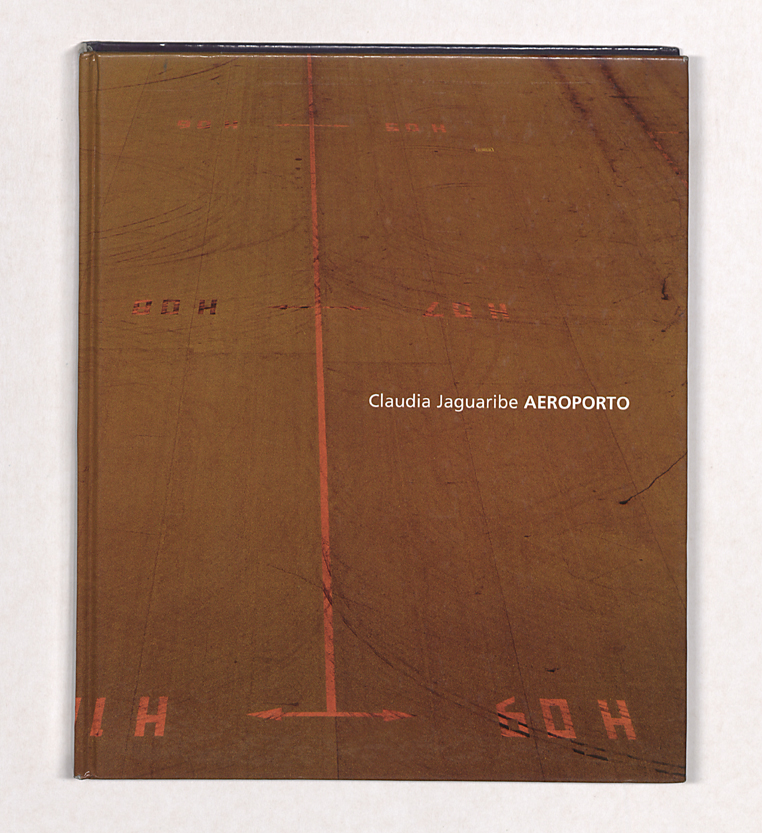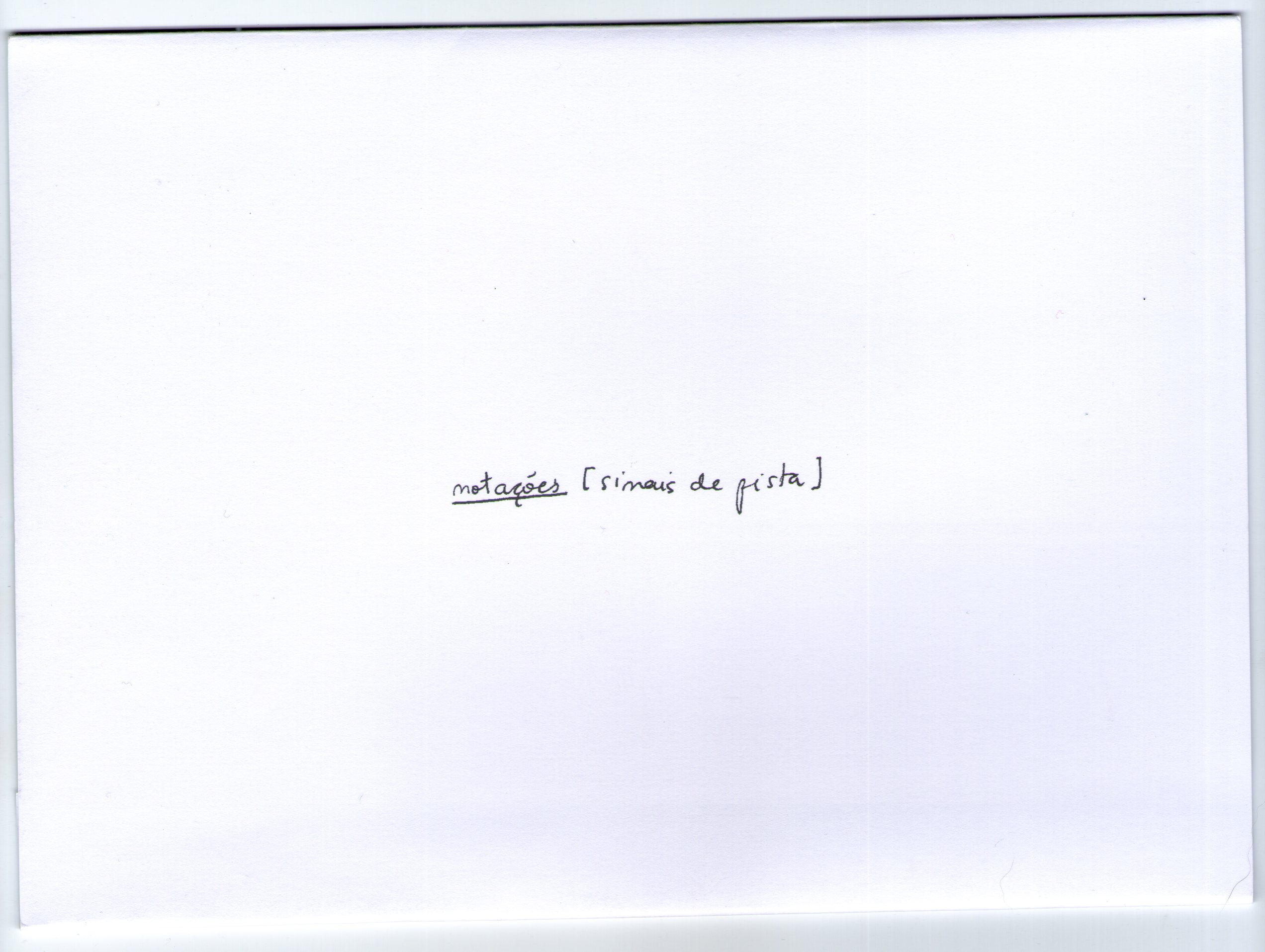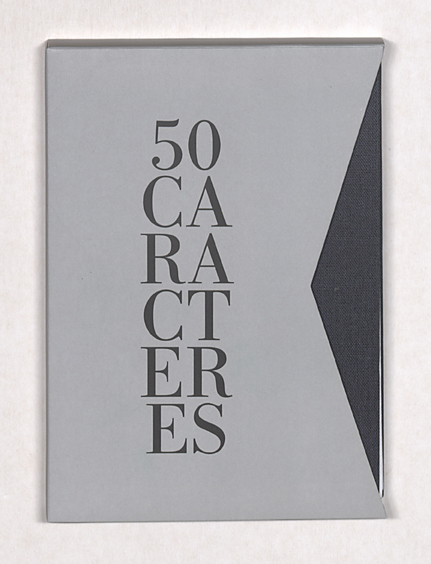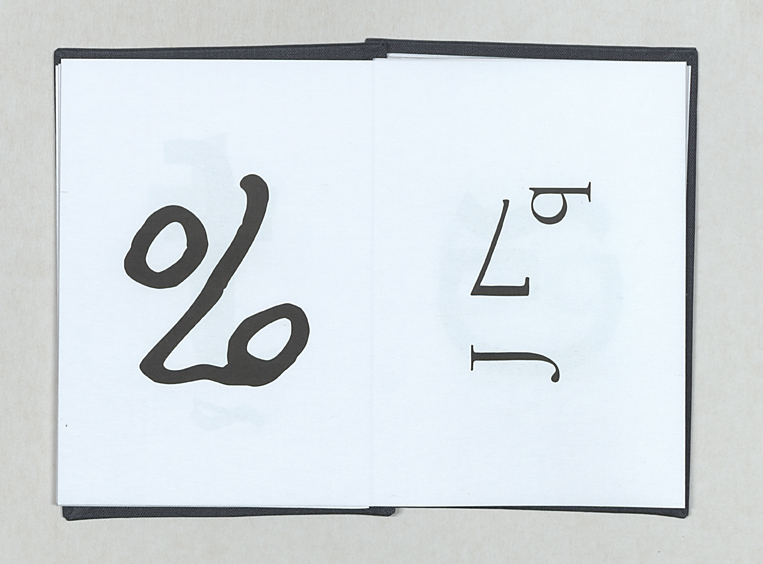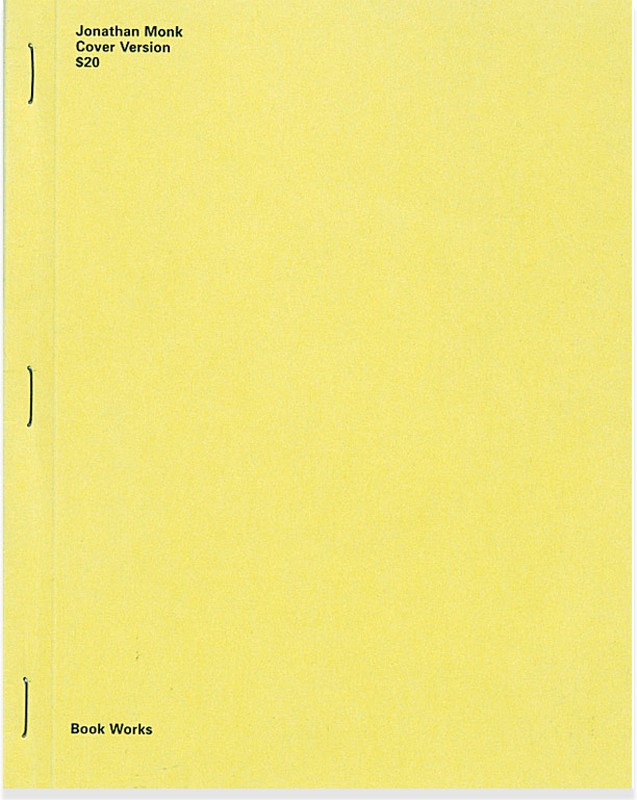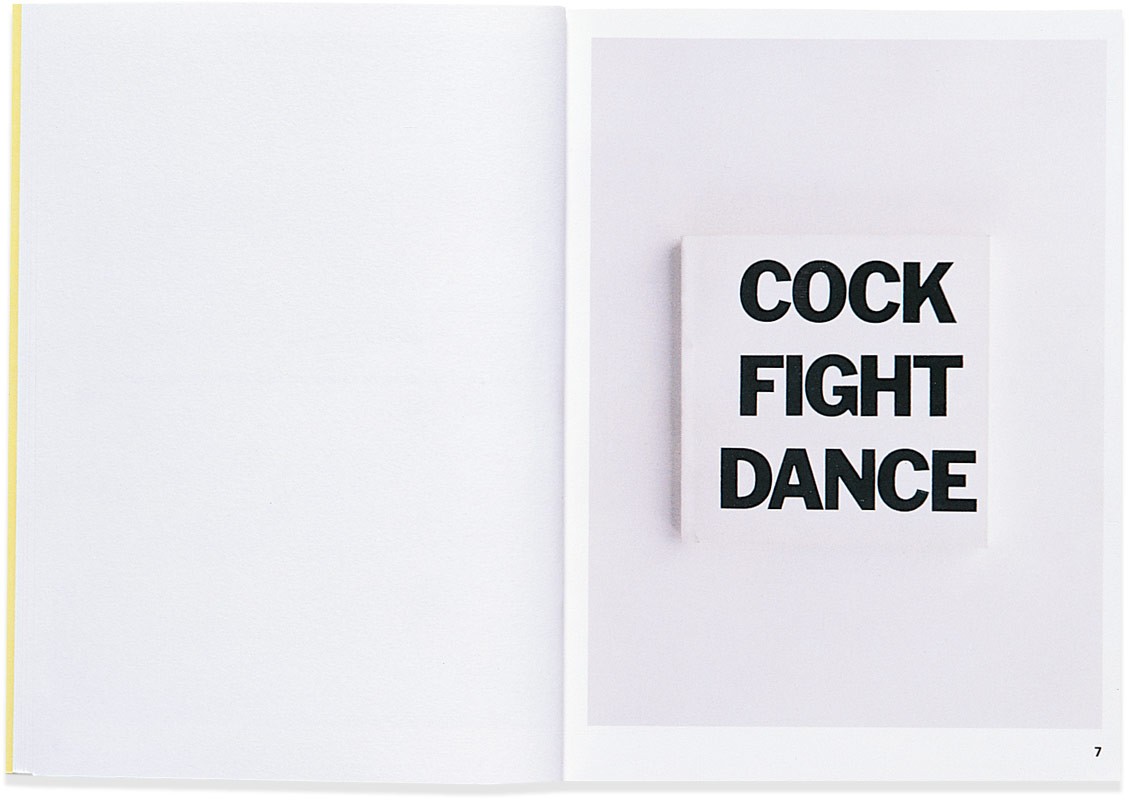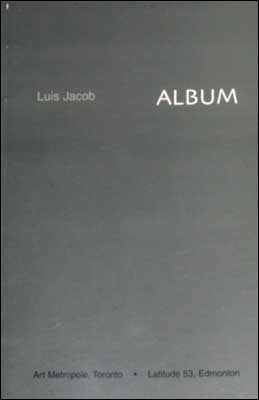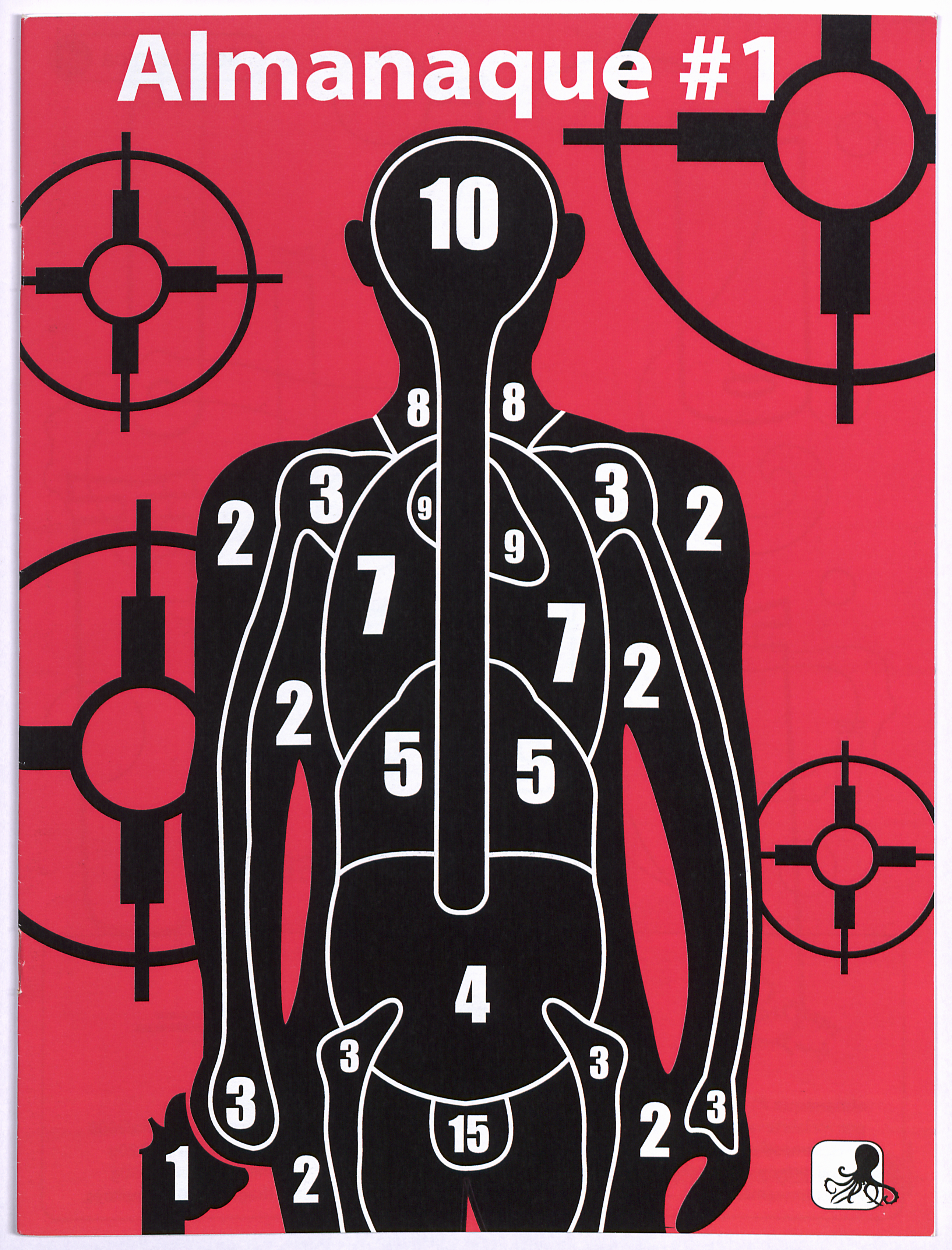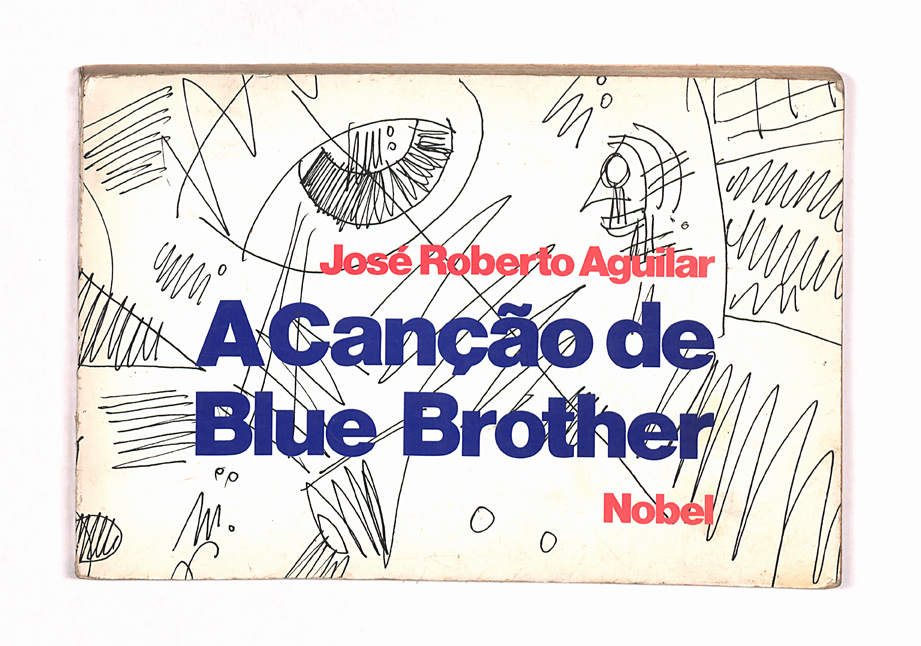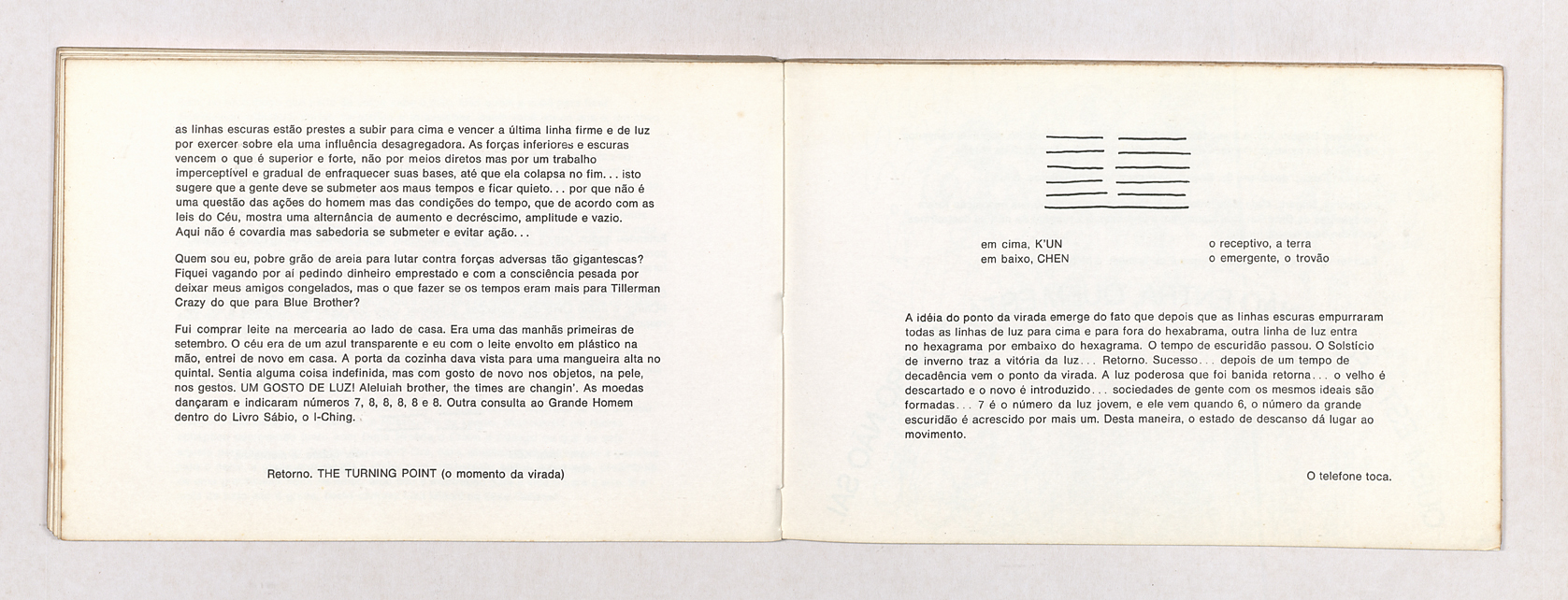
Ecke Bonk, Marcel Duchamp, Richard Hamilton
In the Infinitive [À l’infinitif] (The White Box)
Köln, Walther Koenig, 2000
Offset, il. col.
23 x 15,5 cm
126 p.
ISBN 9783883753911
marcel duchamp: the white box / in the infinitive
a typotranslation by Ecke Bonk in collaboration with Richard Hamilton and Jacqueline Matisse-Monnier.
Esta é uma tradução tipográfica em Inglês feita por Richard Hamilton e Ecke Bonk do The White Box de Marcel Duchamp e inclui mais de 100 facsimiles reproduzidos de suas notas. Durante o período em que Duchamp estava lutando para afirmar o domínio da mente sobre o processo criativo, ele habitualmente registrava seus pensamentos em qualquer pedaço de papel disponível. Os escritos de Duchamp são únicos porque a forma premeditada de sua publicação inicial os mostra crus, espontâneos e não polidos.
As primeiras notas a serem publicadas foram produzidas em uma edição limitada e impressas sob a supervisão direta de Duchamp, às suas próprias custas. Os documentos soltos resultantes estavam contidos em uma caixa encadernada em papel flocado verde. A Caixa Verde, que foi admirada por sua forma e perversidade e amada como uma obra de arte. Desde a publicação de The Green Box em 1960, os avanços na ciência da computação trouxeram as ferramentas para levar sua The White Box a um público amplo.
É a descrição de Duchamp do que uma obra de arte pode ser: a arte é a representação, o emblema de algo em sua cabeça, o mensageiro que carrega o significado. Ele enfatiza como a linguagem é parte integrante da fabricação lenta.
This is an English typotranslation by Richard Hamilton and Ecke Bonk of Marcel Duchamp’s The White Box and includes over 100 reproduced facsimiles of his notes. During the period in which Duchamp was struggling to affirm the dominance of mind over hand in the creative process, he habitually recorded his thoughts on any available scrap of paper. Duchamp’s writings are unique in that the premeditated form of their initial publication shows them raw, spontaneous and unpolished.
The first notes to be published were produced in a limited edition and printed under Duchamp’s direct supervision, at his own expense. The resulting loose documents were contained in a box bound in green flock-paper. The Green Box which was admired for its form and perversity and loved as a work of art. Since the publication of The Green Box in 1960, advances in computer science have bought the tools to bring his The White Box to a wide audience.
It is Duchamp’s description of what a work of art might be that endures: art is the depiction, the token, the emblem of something in his head, the messenger that carries the meaning. He emphasises how language is an integral part of the slow fabrication.

